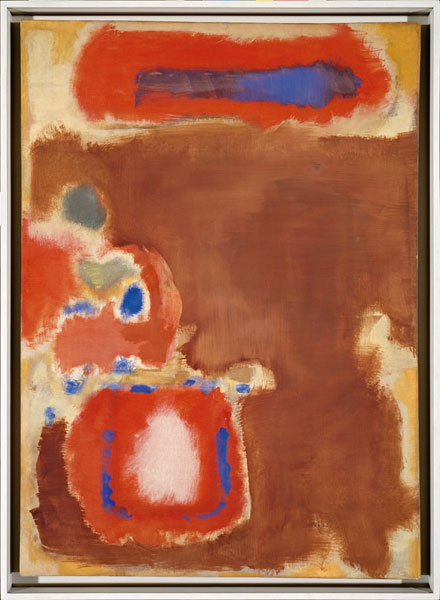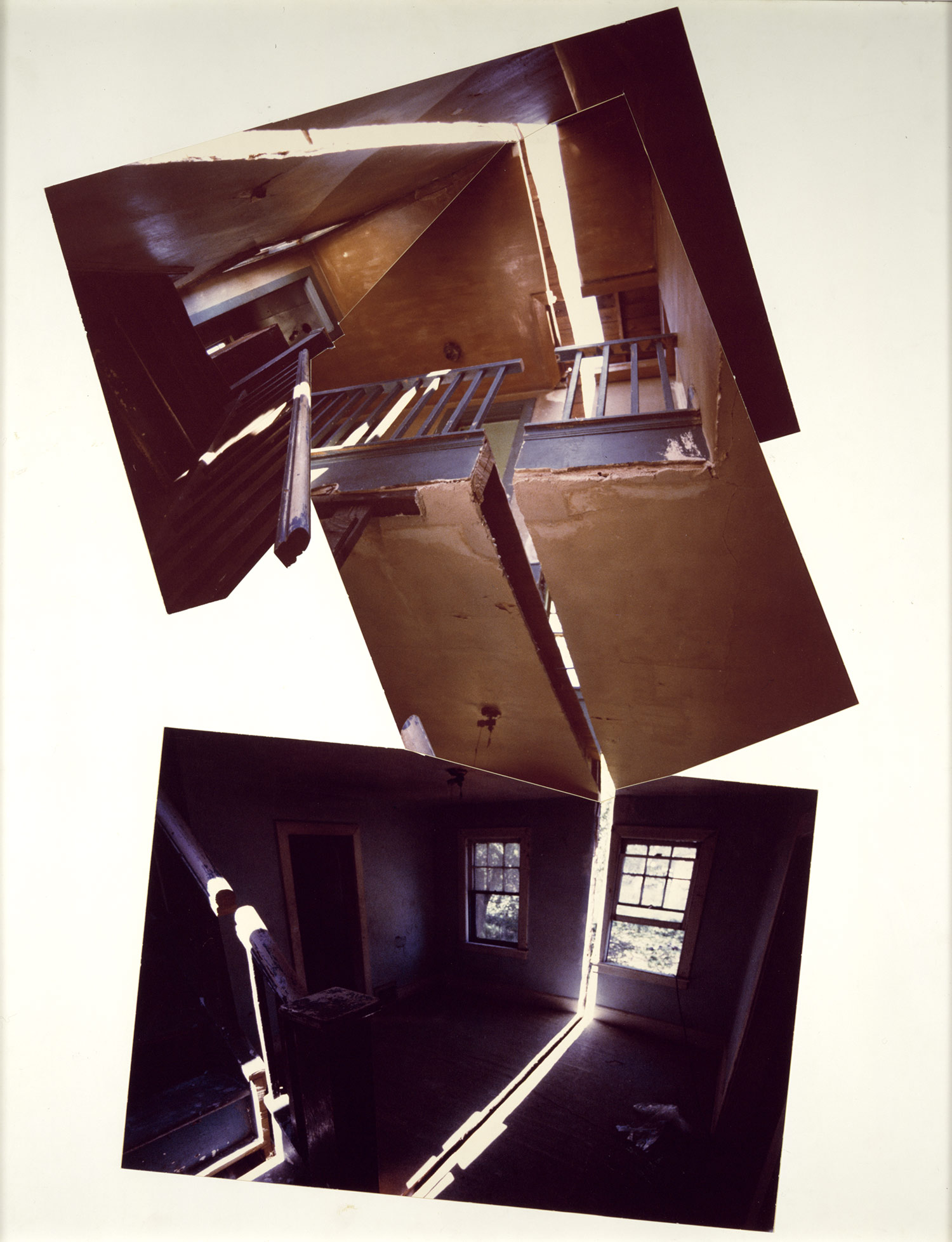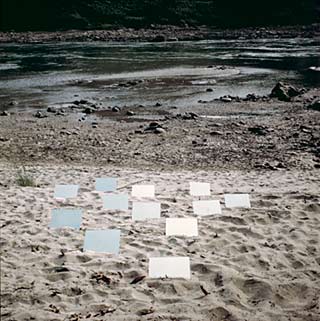
I am very interested his ideas and find myself in agreement with a lot of them. Not only that, but I feel like I already know his theory, like it is something that is a part of existence and a universal experience to some extent. I was further convinced when I was reading an article about his ideas about how certain colors lend themselves to certain shapes.
 He believes that yellow calls for an interesting intense shape like a triangle, red an "intermediate" shape like a square, and blue corresponding with a "dull" shape like a circle. I saw this image and then thought to myself, what shape would green be? I imagined a softened, slightly unevenly shaped hexagon. I scroll down to find that, though not exactly the same, his idea is very similar to the image I had in my head.
He believes that yellow calls for an interesting intense shape like a triangle, red an "intermediate" shape like a square, and blue corresponding with a "dull" shape like a circle. I saw this image and then thought to myself, what shape would green be? I imagined a softened, slightly unevenly shaped hexagon. I scroll down to find that, though not exactly the same, his idea is very similar to the image I had in my head.
I'm going to try to use his theories in my interpretations, for example Kandinsky also states that different colors can be represented with certain instruments, like light blue is a flute, dark blue is a cello, and the darkest blue is an organ. These ideas will be a good base for my musical interpretations of a scene. I want to try and 'play' a photograph using his ideas about color and perhaps some of my own. I feel like I sometimes have synesthetic inclinations and I want to try and focus on these feelings and bring forward a better sensitivity to these correlations. Though I don't play that many instruments, I have the means to use them in my work through digital music software, though I'm not sure if I want to go that route or not.
Here is Kandinsky's Composition VII, I think it's interesting that he titles his work as compositions or improvisations, like music.

Wassily Kandinsky, Composition VII, 1913, dimensions and medium unknown






















